Economy sees high growth
Vietnam saw high economic growth in the first half of this year, implying that the economy had got its groove back.
The Ministry of Planning and Investment (MPI) last week reported that the economy had accelerated 6.2-6.4 per cent year-on-year in the second quarter, or 6-6.1 per cent in the first half of this year.
According to the MPI, economic growth in the second quarter was equivalent to the correspondent periods before the global economic recession started in late 2008.
“This is evidence that we’ve gotten our growth momentum back,” said Nguyen Van Trung, Vice Minister of the MPI. The industry and construction sector grew by 6.7 per cent, the agriculture, forestry and fishery sector grew at 2.7-3.2 per cent and the service sector saw 6.8-7.2 per cent growth.
The high growth of industry and service sectors shows that domestic and foreign enterprises as well as local consumers are optimistic about the economy.
The General Statistics Office reported that industrial production value realised by foreign invested companies grew 17.5 per cent year-on-year over the last six months, accounting for 42 per cent of the country’s total. Meanwhile, total retail turnover grew by 26.7 per cent year-on-year.
“The economy looks very bright,” said Bui Ha, director of the MPI’s Department of National Economic Issues, adding that big threats like inflation and trade deficit were still under control.
The consumer price index in June increased 0.22 per cent against May, or 4.8 per cent in comparison with last December. Based on this result, the MPI estimated that inflation this year would not exceed 8 per cent as targeted.
Meanwhile, trade deficit over the last six months was $6.7 billion, accounting for 20.9 per cent of export turnover, which Ha said was still under control.
Lai Quang Dao, deputy general director of Vietnam Development Bank, said that economic growth could be higher if capital disbursement for public investment projects improved and the State Bank of Vietnam could reduce lending interest rates.
He said that many companies were now facing shortages of capital for expanding production and investments. “Credit growth is at low levels, proving that enterprises are having difficulties accessing loans,” Dao said.
Credit growth from January to May was only 7.46 per cent. This growth seems too low, as the government targeted credit growth would be around 25 per cent this year.
“I think high lending interest rates are an issue,” said Dao. The average lending interest rate is around 14 per cent per year at present. In early June, Prime Minister Nguyen Tan Dung asked the State Bank of Vietnam to try to lower interest rate. However, it remains unchanged so far.
According to the MPI, economic growth in the second quarter was equivalent to the correspondent periods before the global economic recession started in late 2008.
“This is evidence that we’ve gotten our growth momentum back,” said Nguyen Van Trung, Vice Minister of the MPI. The industry and construction sector grew by 6.7 per cent, the agriculture, forestry and fishery sector grew at 2.7-3.2 per cent and the service sector saw 6.8-7.2 per cent growth.
The high growth of industry and service sectors shows that domestic and foreign enterprises as well as local consumers are optimistic about the economy.
The General Statistics Office reported that industrial production value realised by foreign invested companies grew 17.5 per cent year-on-year over the last six months, accounting for 42 per cent of the country’s total. Meanwhile, total retail turnover grew by 26.7 per cent year-on-year.
“The economy looks very bright,” said Bui Ha, director of the MPI’s Department of National Economic Issues, adding that big threats like inflation and trade deficit were still under control.
The consumer price index in June increased 0.22 per cent against May, or 4.8 per cent in comparison with last December. Based on this result, the MPI estimated that inflation this year would not exceed 8 per cent as targeted.
Meanwhile, trade deficit over the last six months was $6.7 billion, accounting for 20.9 per cent of export turnover, which Ha said was still under control.
Lai Quang Dao, deputy general director of Vietnam Development Bank, said that economic growth could be higher if capital disbursement for public investment projects improved and the State Bank of Vietnam could reduce lending interest rates.
He said that many companies were now facing shortages of capital for expanding production and investments. “Credit growth is at low levels, proving that enterprises are having difficulties accessing loans,” Dao said.
Credit growth from January to May was only 7.46 per cent. This growth seems too low, as the government targeted credit growth would be around 25 per cent this year.
“I think high lending interest rates are an issue,” said Dao. The average lending interest rate is around 14 per cent per year at present. In early June, Prime Minister Nguyen Tan Dung asked the State Bank of Vietnam to try to lower interest rate. However, it remains unchanged so far.
What the stars mean:
★ Poor ★ ★ Promising ★★★ Good ★★★★ Very good ★★★★★ Exceptional
 Tag:
Tag:
Related Contents
Latest News
More News
- Logistics promise for foreign investors (October 17, 2024 | 16:02)
- Ensuring technological progress in northern midlands and mountainous regions (October 10, 2024 | 09:00)
- Manufacturing production suffers after Typhoon Yagi (October 01, 2024 | 17:11)
- Vietnam’s economy on track for 6.5 per cent growth despite Typhoon Yagi, says HSBC (October 01, 2024 | 16:46)
- Vietnam urges China to expand market access for agricultural products and strengthen trade ties (October 01, 2024 | 16:42)
- IMF predicts Vietnam's economic growth to reach 6.1 per cent in 2024 (September 30, 2024 | 18:26)
- Deli Group breaks ground on $270 million factory in Hai Duong (September 30, 2024 | 18:17)
- Government considering tax on multiple properties (September 27, 2024 | 20:17)
- Accuracy more vital than ever in dawn of AI (September 26, 2024 | 20:44)
- Vietnam remains attractive destination for US businesses (September 26, 2024 | 20:23)




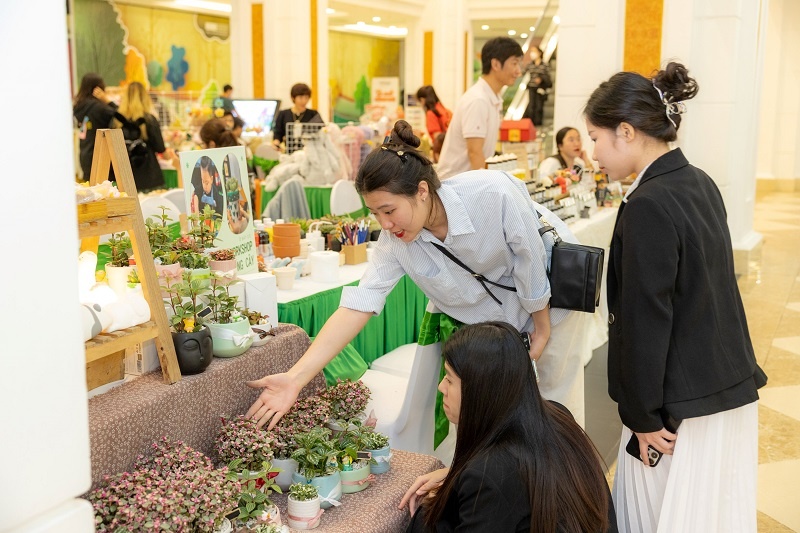

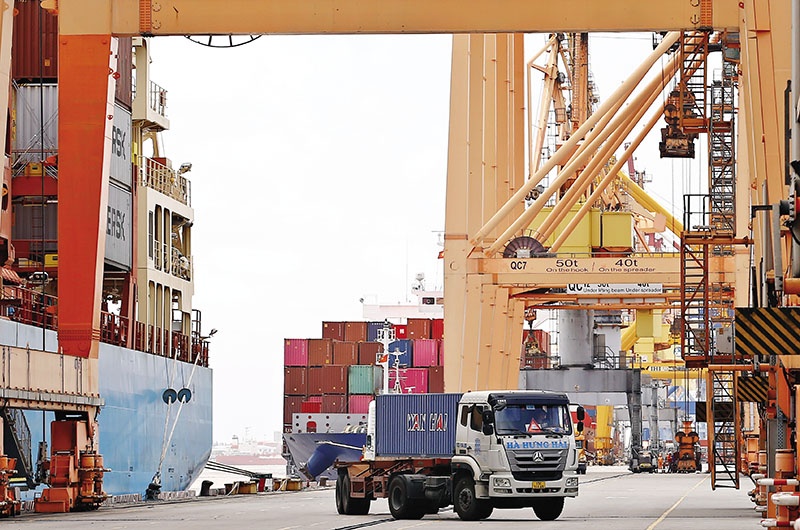
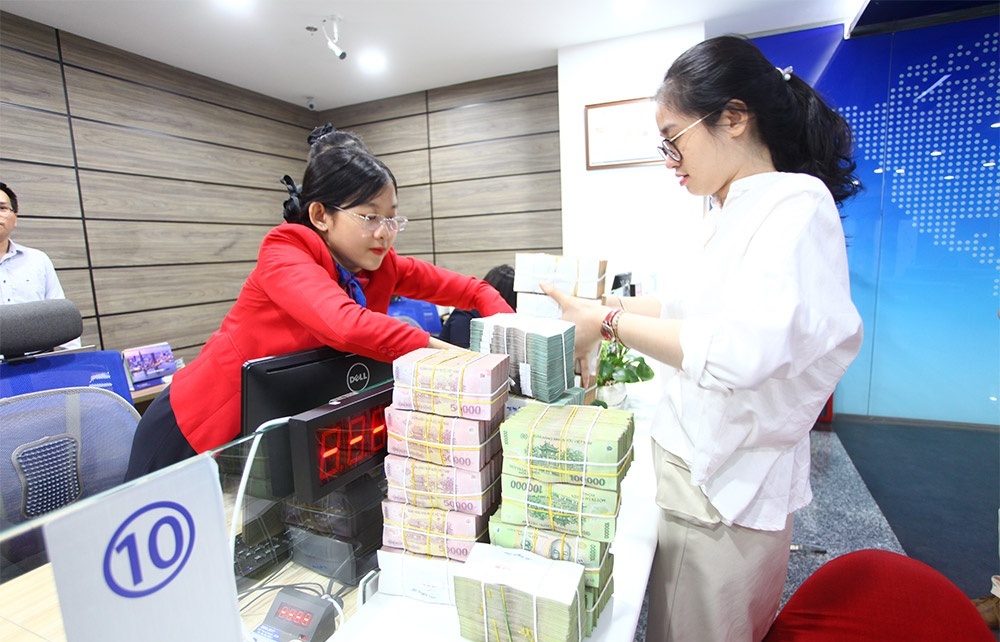
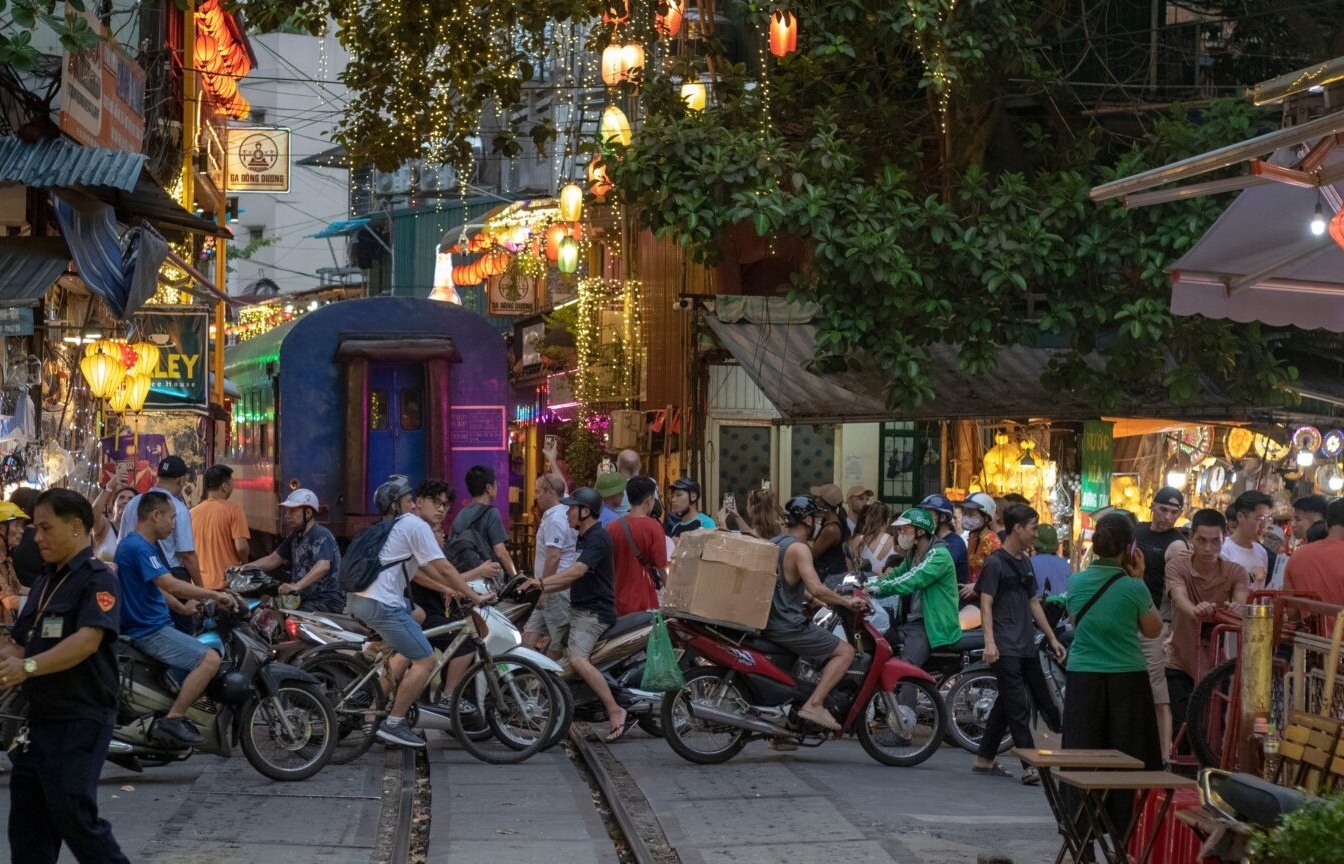


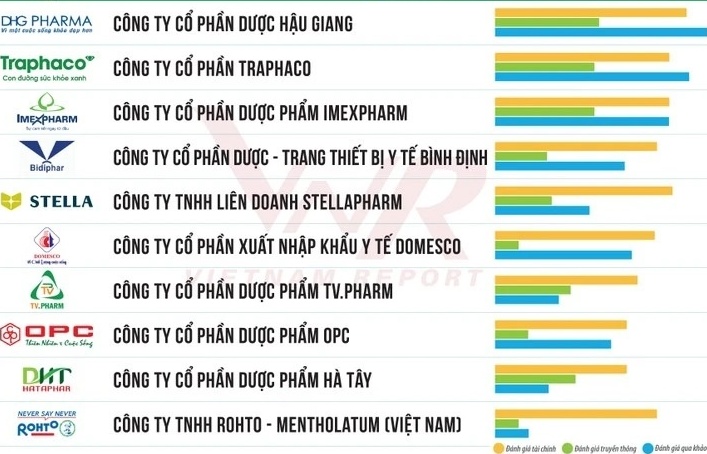

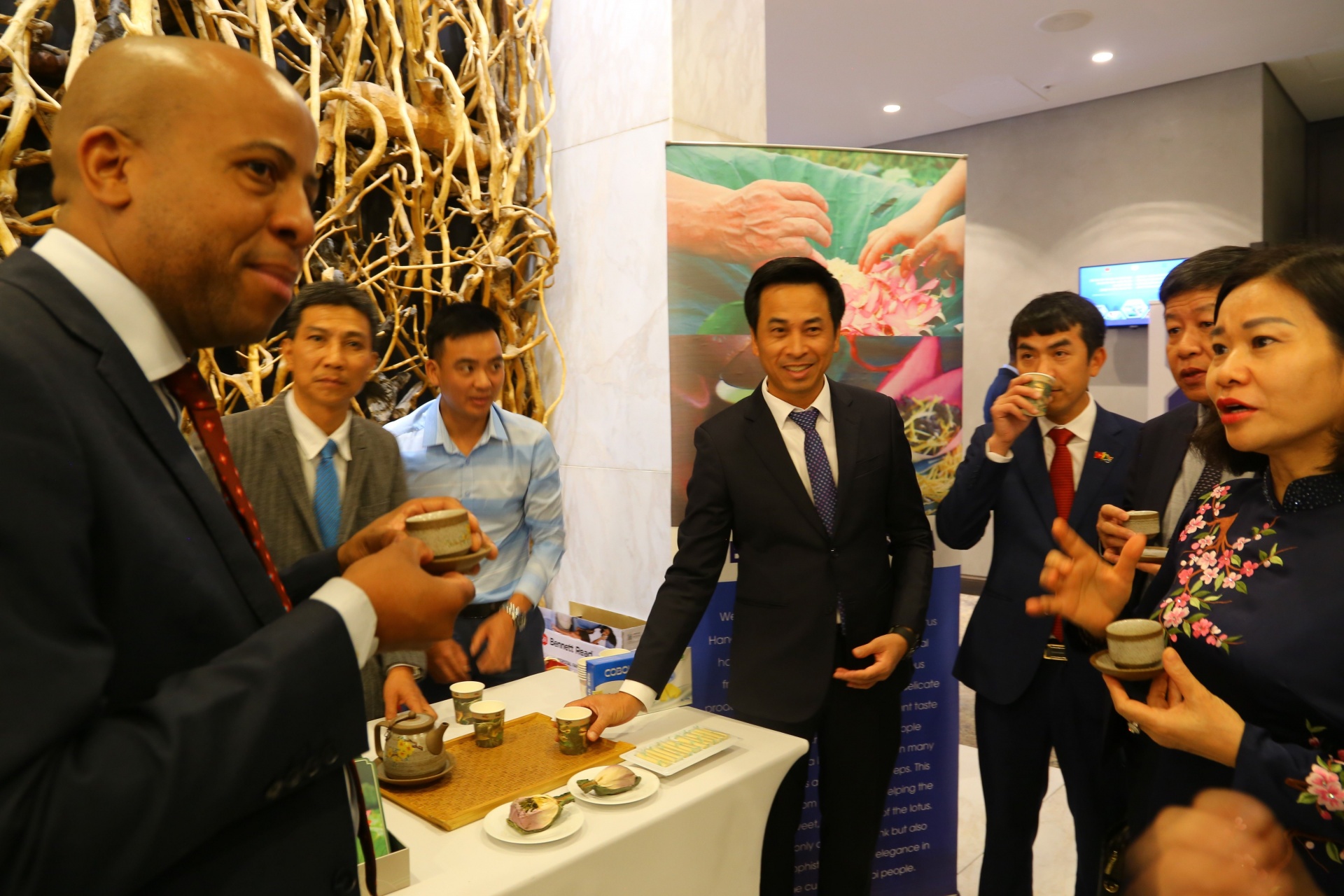
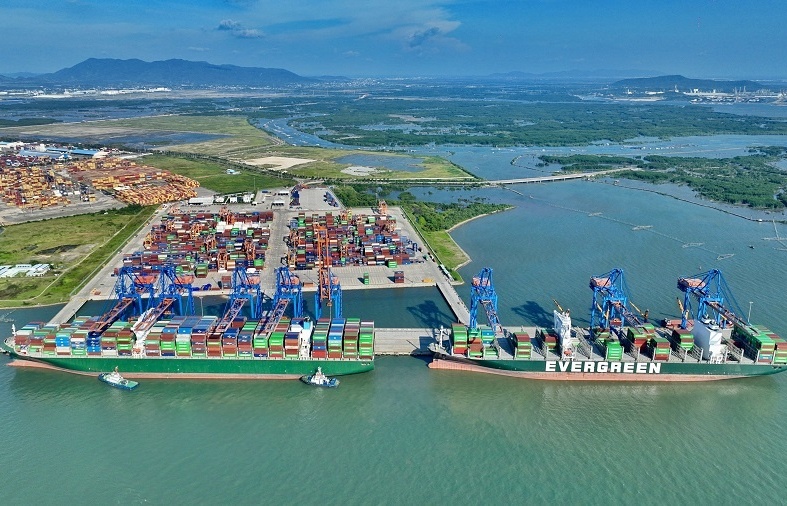






 Mobile Version
Mobile Version